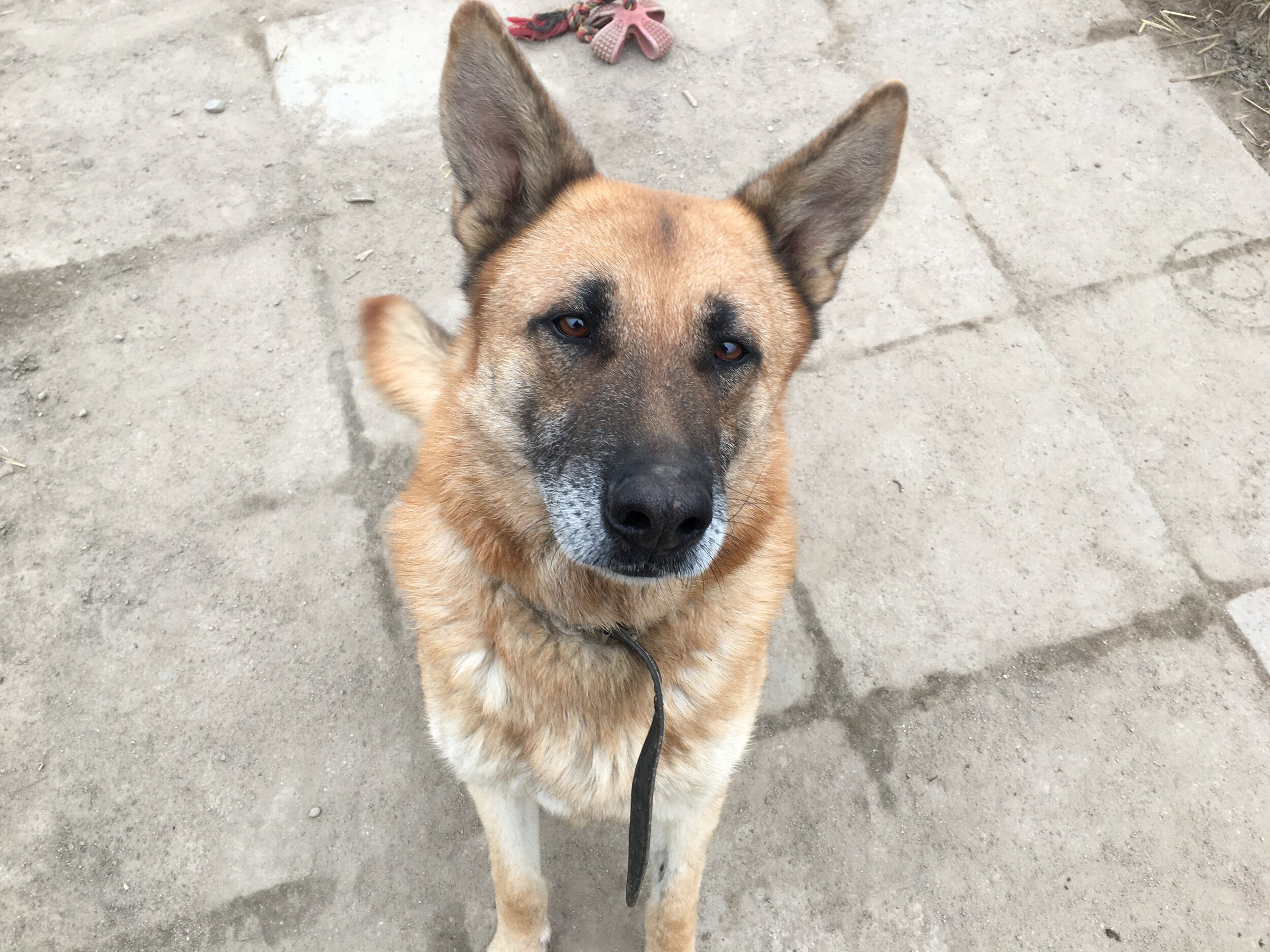How can we use what we learn in dog training to our own behaviour?
Photo by André Spieker on Unsplash
From this blog, you can learn steps to train your dog a 'wait' or ‘stay’ cue but also how you can transfer/use what you learn to enhance your learning and get better at creating new habits for yourself.
Photo by Marcia Soligo on Unsplash
When you first try to teach your dog a 'wait' or ‘stay’ cue, there are 3 things to consider - Duration, Distance and Distractions. To give yourself and your dog the best chance to succeed, work on them separately. Start from duration and patiently build it for longer and longer. Depending on where you are starting (sometimes even 1s. is too long for certain dogs!) you build it to 5, 10 or maybe even 30s. I wrote more about best ways of adding duration in the 6th step of How to teach your dog to wear a buster collar (cone). When you add distance, decrease the duration. It's about gradually increasing the distance and coming back to your dog to reinforce his 'wait'. Next step could be putting them together or working separately on distractions. Again, when you add distractions to your training sessions, you decrease criteria of durations and distance. Changing the environment of the training session can also be seen as adding distractions. I wrote about the influence of the environment on behaviour and it cannot be understated. Being outside in a park is already tons of distractions. You can't expect your dog to give you 10s 'wait' if you never tried it in a new place. It's important to start easy and build it up in the new, distracting environment.
How can you use this knowledge to change your own behaviour?
When you are trying to learn something new or develop a new habit, I would invite you to consider what role the environment plays in your learning but also break the task down so you can add complexity after you already mastered the first step.
1. The role of the environment
Photo by Roman Denisenko on Unsplash
Consider, is it easier to learn in a quiet room with no distractions around or in a busy hallway with your family who (from time to time) ask you different questions? It doesn't even have to be this extreme. My example is, I learn very efficiently on a train, why? Because I used to travel from one city to another for a weekend and when I was coming back I was learning for my exam the next morning. I usually wasn't motivated to learn on the weekend and the time alone on the train gave me ideal conditions. Even though I no longer travel this often as I did, I recently found that I'm still very productive on trains with my writing. I developed a routine and the environment of the train even now puts me into the same productive mindset.
Besides the train, another example of a helpful environment could be a library. I know people who are very productive in the library environment, which helps them learn or work more effectively.
When it comes to habits, a great tip to start for example running is to leave your running shoes by the door so they serve you as a reminder. If you are doing workouts at home, leaving matt or gym outfit out in the open can help you get going.
When it comes to developing a fitness habit, for some people it can be very beneficial to find a buddy with whom you workout. Joining a class together can substantially boost your success rate of going into classes. Your friend and the class environment will both play a role in your habit. Without them, it might become much harder!
On the other hand, some people find that it's training on their own that increases the likelihood of success. For them, the crowded gym will be off-putting and they will be less likely to go back there. The same environment for one person will play the opposite role for another. It's important to recognise what motivational value a specific environment plays for you.
Do you have any interesting examples from your life on how different environments can boost your productivity or success rate?
2. Breaking the task down
Look at where you are starting from and be realistic about your goals. If you are planning to start going to the gym when you haven't been to the gym for over a year, maybe there is no point in planning to go every day for 2 hours? Start small and develop the habit through time. Honestly, there is no such thing as a too small goal! I would invite you to break the task down into very small steps. Try going to the gym for just 10 minutes. Do the smallest of workouts and go back again the same week. First of all, you are already creating a habit of going to the gym and second of all, even 10 min is better than not working out at all for over a year! How easy it will be to reach the 10 min mark? How would that make you feel to say - I achieved what I planned? When you plan too much, for example, gym 5 days a week for one hour and you miss just one day, what do you focus on? Are you celebrating going to the gym 4 times for one hour or are you beating yourself up for missing this one lonely day? Does that sound familiar?
Consider this, when children are learning how to walk, they don't give up after stumbling and falling for the first time, they continue no matter how long it takes to learn. They focus on one step at a time. You can do that too.
Photo by Victor Freitas on Unsplash
3. Working on one thing at a time and adding complexity later
Coming back to the gym example, if you don't have a habit of going to the gym, all the packing and leaving the house at a certain time will be already a new thing added to your day. That's why planning to only do 10 min of workout is not as crazy as people think. You don't yet have the habit of getting there and you will need time to get used to it. You can shape your own behaviour.
If you would like to develop a writing habit, I would invite you to work on it gradually and one thing at a time. When I write, the first 30 min session I do is a free flow of writing in the form of writing down all of my ideas without working on editing them. The second session is editing what I've written. I focus on one task at a time and it seems to be working great for me.
Personally, I love reflecting back on what has worked when I train animals, so I can later use similar principles in my own life. There is far more to it than it might seem. Let me know if you have any questions or if you would like me to talk more about it. It's always great to hear back from you in comments or private messages on social media.














I'm feeling great and I prioritise health. I don't feel better than anyone else! I can enjoy feeling good about myself and hope for everyone else to enjoy themselves too. I believe that happiness is not something you achieve, it's something you DO. I'm choosing habits for happiness and I do them every day. I hope you can join me and start to seek happiness every day.